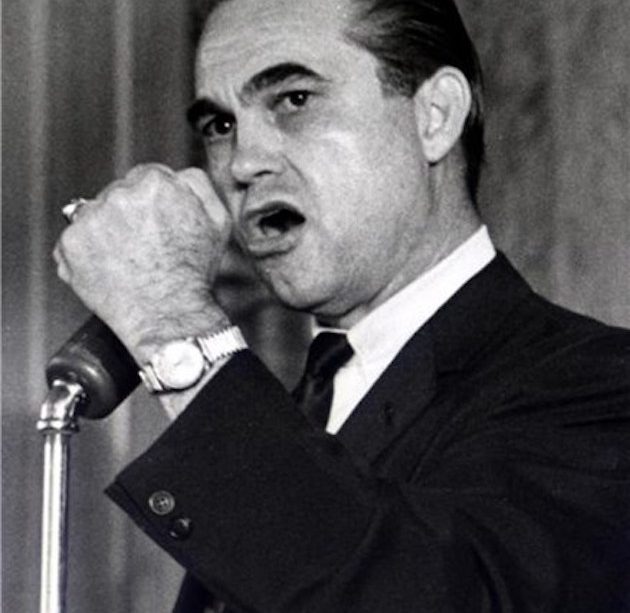George Wallace: A Controversial Political Figure in America

Introduction
George Wallace remains a pivotal yet controversial figure in American political history. Serving as the Governor of Alabama multiple times, he is best known for his staunch stance against racial integration and his roles during the civil rights movement of the 1960s. Understanding Wallace’s influence provides insight into the evolving landscape of American politics and the struggle for civil rights, and how figures like him shaped societal norms that resonate to this day.
Wallace’s Early Life and Political Rise
Born on August 25, 1919, in Clayton, Alabama, George Wallace started his career in politics in the late 1940s. He was elected to the Alabama House of Representatives and soon became known for his populist style and deep understanding of Alabama’s political culture. His rise to prominence came when he was first elected governor in 1962. Wallace famously declared, ‘Segregation now, segregation tomorrow, segregation forever’ during his inaugural address, marking the beginning of his legacy intertwined with the fight against desegregation.
Controversial Policies and Civil Rights Struggles
Wallace’s methods to maintain segregation led to significant clashes with federal authorities and civil rights activists. His actions during the Selma to Montgomery marches in 1965 were defining moments in American history. He vehemently opposed Martin Luther King Jr. and the civil rights movement, demonstrating both his popularity and the divisive sentiments of the era. Wallace’s infamy grew as he stood in the door of the University of Alabama, attempting to physically block two African American students from enrolling, an event that symbolised the struggle against institutional racism.
Political Evolution and Legacy
Despite his early hardline views, Wallace underwent a significant transformation later in his life. After being shot in an assassination attempt in 1972, he adopted a more conciliatory approach to race relations. He acknowledged the harm caused by his previous policies and even sought reconciliation with many whom he had once opposed. He ran for president four times, accumulating a surprising base of support, reflecting the complex attitudes towards race and politics in the United States. His legacy remains complex; while he epitomised the resistance against desegregation, he also eventually sought to bridge divides in the latter part of his career.
Conclusion
George Wallace’s life and career encapsulate the turbulent struggle surrounding civil rights in America. His shift from a pro-segregation stance to a more reconciliatory approach highlights the possibility of change, even in individuals with a controversial past. Today, Wallace serves as a reminder of the persistent issues of race, politics, and public sentiment in the United States, offering valuable lessons for future generations. Understanding figures like Wallace allows readers to better comprehend the complexities of American history and the ongoing dialogues surrounding race and equality.








